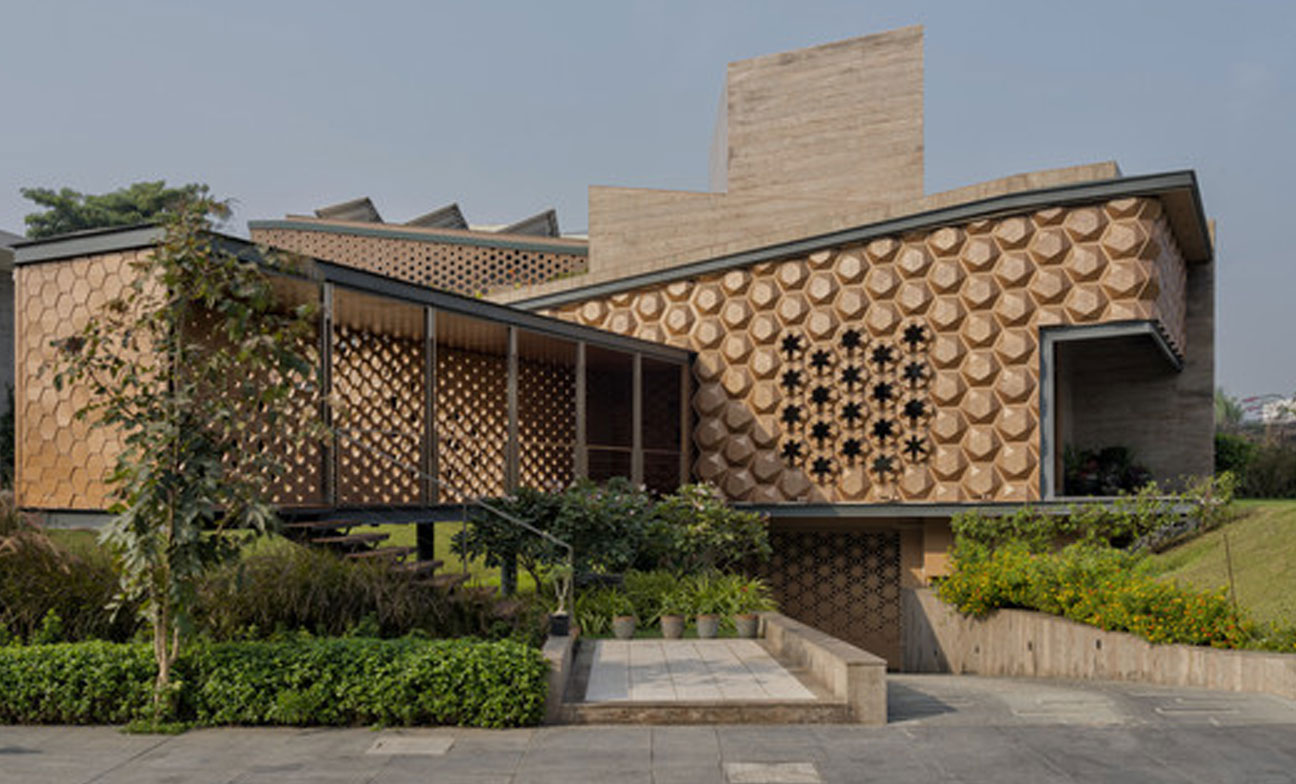
Which Innovative Technologies Are Redefining Architecture and Design?
The integration of technology in architecture is revolutionizing the industry, offering architects and builders new possibilities to design, construct and maintain buildings. Futuristic technologies are transforming the way we approach architecture, enabling the creation of structures that were previously impossible. These cutting-edge tools offer improved efficiency, sustainability, and design accuracy, making the building process faster, more cost-effective, and environmentally friendly.
In this blog, we discover how next-gen technologies are leading to new possibilities, improved efficiency, and the creation of more sustainable and resilient buildings.
Next-Gen Technologies You Must Know
Technology is easing human effort. It is enabling the AEC industry to be more agile and relevant. Explore these futuristic technologies that are shaping the dynamic future of the AEC industry.
Extended Reality (XR)
Source: ArchDaily
Extended Reality technologies, namely VR and AR technologies are enabling architects and designers to visualize and experience their creations before they are even built. This not only allows for a more accurate and immersive representation of the design but also enables stakeholders to make informed decisions and identify potential issues early on in the design process.
Building Information Modelling (BIM)
BIM in architecture
Source: Autodesk
BIM is a digital model-based process that provides architects and builders with a comprehensive and up-to-date view of a building's design, construction, and maintenance. By integrating all aspects of a building's lifecycle into one centralized model, BIM allows for improved collaboration, reduced errors, and more efficient construction processes.
3D Printing
Source: IAAC
3D printing has been hailed as a game-changer for the architecture industry, with its potential to revolutionize the construction process by enabling the rapid production of building components. From creating architectural models to producing entire buildings, 3D printing has the potential to significantly reduce construction times and costs while also allowing for greater design flexibility.
Artificial Intelligence (AI)
Source: Future Architecture Platform
AI is already being used to improve building energy efficiency, structural analysis, and sustainability, with the potential to further transform the architecture industry in the future. AI-powered tools can analyze vast amounts of data and provide architects and builders with valuable insights and recommendations, helping to optimize building performance and sustainability.
Metaverse
Source: ArchDaily
The Metaverse, a virtual world that is a shared space for people to interact and explore, is becoming a reality with advancements in VR and AR technologies. This new frontier provides architects and designers with a limitless canvas for creation, enabling them to design and build virtual structures and environments that are not limited by physical constraints. The Metaverse is set to play a significant role in shaping the future of architecture, providing a new platform for architects to showcase their creativity and push the boundaries of what is possible.
Computational Design
Source: Rethinking the Future
Computational design involves the use of computer algorithms and software to design and optimize buildings. This approach allows architects to explore and test complex design scenarios, generate new design solutions, and make data-driven decisions. With the increasing availability of advanced computational tools and technologies, computational design is becoming an essential tool for architects, enabling them to create highly efficient and innovative buildings that are optimized for performance, sustainability, and user experience.
Blockchain
Source: Harvard Business Review
Blockchain technology is a secure, decentralized digital ledger that can be used to manage and track all aspects of the building lifecycle, from design to construction to maintenance. By using blockchain, architects, and builders can access a transparent and tamper-proof record of all data and transactions related to a building, enabling improved collaboration, reduced errors, and increased transparency.
In Conclusion
Technology is empowering architects to be more experimental and innovative with their designs. It is opening a new paradigm of possibilities for designers to create marvelous structures. If you want to be relevant in the AEC industry, we strongly recommend that you embrace technology and start getting acquainted with new-age tools, softwares, and applications.














